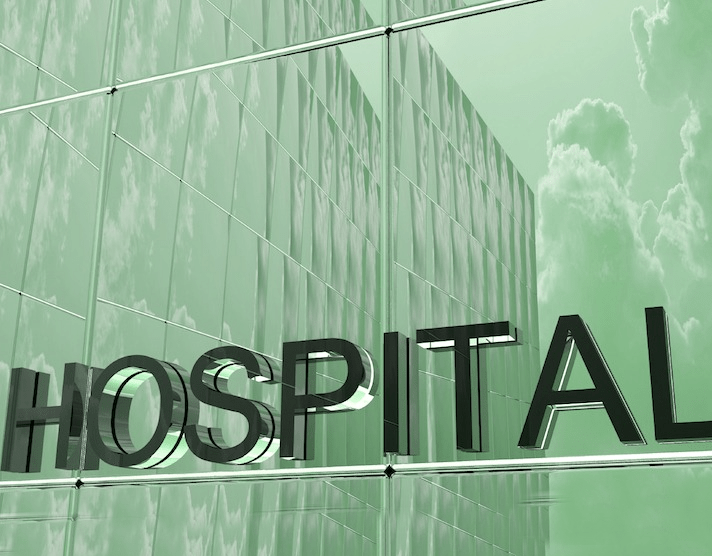Private medicine is – discreetly – an enormous industry in Ireland. Private hospitals in Ireland are owned by American hospital groups, global private equity funds, billionaires and private investors. We, customers, interact with it at arm’s length, usually through our insurance policies if we have private health cover. We occasionally get a glimpse of the size of it. Like in 2018, when the French Private Equity group Infravia bought the Mater Private for €495 million. The industry is so low-key that in 2019 Ireland’s second-biggest hospital group, Bon Secours, merged with a giant American hospital group called Mercy Health, and…
Cancel at any time. Are you already a member? Log in here.
Want to continue reading?
Introductory offer: Sign up today and pay €200 for an annual membership, a saving of €50.

